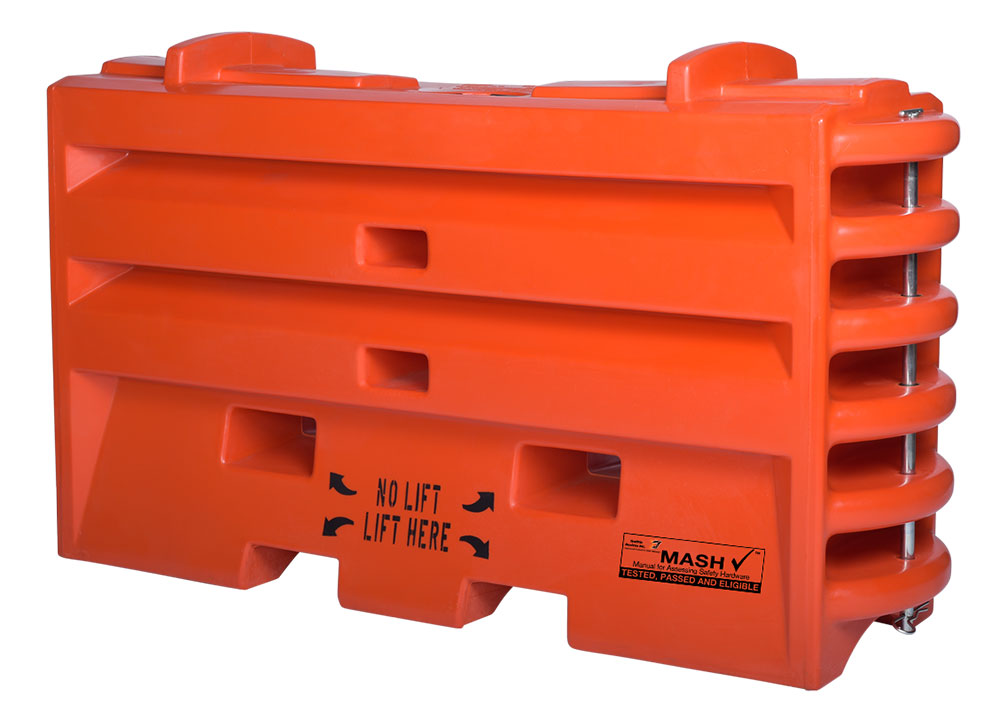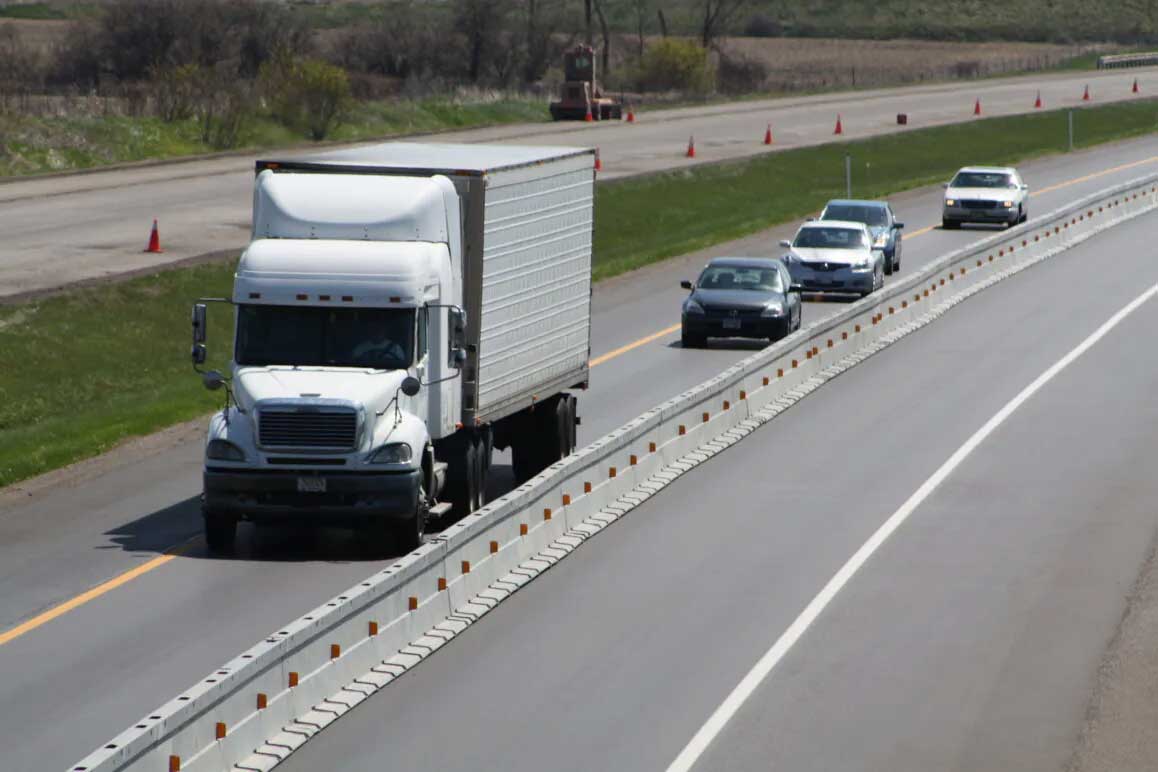888.650.7623
Temporary Barrier
Temporary longitudinal barriers are specialized devices used in road management to safely redirect vehicular traffic and protect workers and pedestrians in construction or maintenance zones. Designed according to Federal Highway Administration (FHWA) guidelines, these barriers are essential for maintaining traffic flow while ensuring safety on roadways undergoing temporary changes or repairs.
Key Characteristics and Functions:
- Safety and Efficiency: These barriers are engineered to minimize the impact in vehicle collisions, reducing the risk of injury to occupants and damage to vehicles. This is achieved through their ability to absorb and dissipate the energy from impacts effectively.
- Flexibility: Temporary longitudinal barriers can be installed quickly and adjusted as needed, making them ideal for dynamic work environments where road layouts may change frequently.
- Visibility and Durability: Typically bright in color with reflective elements, these barriers are highly visible to drivers day and night, contributing to overall road safety. Made from robust materials like plastic, concrete, or steel, they withstand various weather conditions and the wear and tear of heavy traffic.
- Compliance: They comply with AASHTO MASH guidelines, which dictate their design, installation, and performance criteria.


